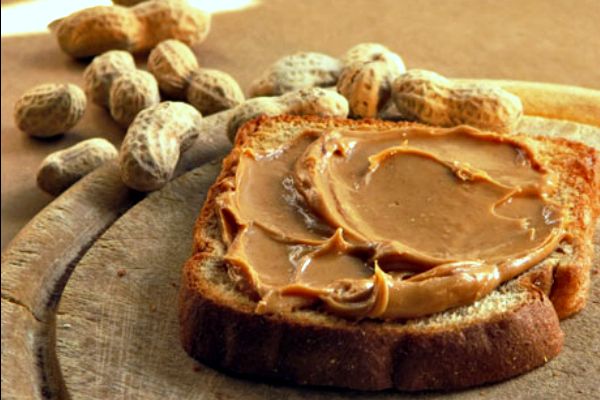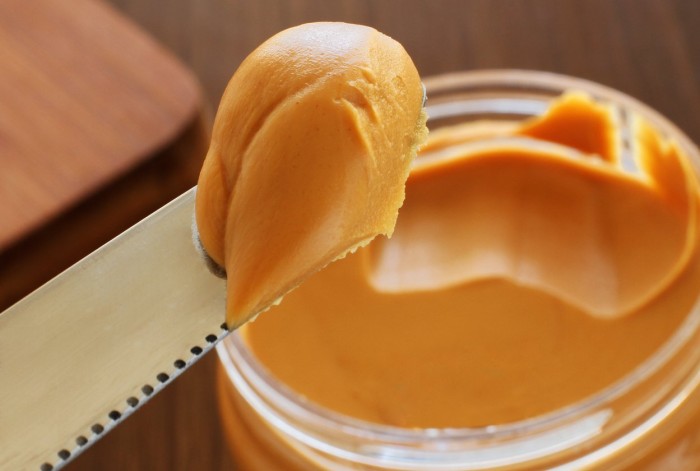Fear of peanut butter or arachibutyrophobia, we could explain in the following way the mind is something complex; man has not yet fully grasped its complexities. There are many strange and strange-sounding phobias in the world, some of which exist. Have you heard of Lunaphobia – the fear of being touched by the moonlight, Pupaphobia – the extreme fear of puppets or Biniphobia – the fear of twins? Similarly, there is a fear that peanut butter will stick to the palate, which is known as arachibutyrophobia. In this guide, we will study everything you need to know about this complex and strange fear.
Index
What is arachibutyrophobia?
Arachibutyrophobia combines the Polish word for peanuts-arachidonic, Greek words for butter-voutyro, and Phobos / photos for fear or aversion. Hence, the term Arachibutyrophobia means fear of peanut butter. In a broader context, this fear may be related to the fear of choking or the fear that food will stick to the palate. Some say the fear was fictitious or humorously invented by cartoonist Charles M Schulz in his comic strip Peanuts. However, this phobia exists, and some people suffer from it.
Peanut Butter and Jelly (PB&J) sandwiches became famous during WWII when soldiers were given this food for complete nutrition. Today, this meal has become a traditional American classic; Millions of school children across the country bring PB&J sandwiches for lunch. It is estimated that the average American boy who goes to school eats about 1,500 PB&J sandwiches when he graduates.
The best part is that this American staple can be eaten any day or night; the rich, creamy or chunky peanut butter provides tons of nutrition while the jelly adds flavor. There are many variations of this food – some people love the chopped bananas in this combo.
You might also like to read: Fear Of Fish: Characteristics, Symptoms, Treatments.
What Causes Fear of Peanut Butter Sticking to Roof of Mouth?
- Doctors don’t know exactly what causes a phobia – it’s just that what many of us take for granted, the phobic cannot be imagined doing.
- Many psychiatrists now believe that, like many fears, the fear of peanut butter sticking to the roof of the mouth can be learned over time.
- In the phobic mind, there is a constant connection between eating peanut butter and the feeling of fear, anxiety, tension, etc.
- This could come from association conditioning.
- You may have choked on peanut butter or seen someone stop on it.
- Peanut butter is sticky and hard to get out of your mouth. This can sometimes lead to nausea or vomiting.
- Such an experience can lead to a permanent fear of eating peanut butter.
- Traumatic events in childhood can also be related to this fear.
Symptoms of Arachibutyrophobia

Physical symptoms
- Sweating
- Palpitations
- Shaking in the hands or speech
- Difficulty breathing and tightness in the chest
- She gets dizzy with a daze
- The sinking feeling in the stomach
- Weak / rubber knees
- Nausea
- Blurry vision
Psychological symptoms
- One can even experience the following psychological symptoms:
- Unable to think clearly
- The feeling of being paralyzed
- Catastrophic thoughts like I am going to drown to death, I am going to vomit, I am going to be ashamed or fool myself, or I am going to die. ‘
- These symptoms can cause a person to stop consuming peanut butter permanently. Not everyone will understand, which could make them an object of ridicule.
Arachibutyrophobia treatment
- Cognitive-behavioral therapy is the most common treatment for this phobia – it helps phobics identify real and unreal thought patterns.
- Patients can also seek exposure therapy that teaches gradual desensitization to the dreaded stimulus – eating peanut butter.
- Stress management techniques, including positive visualization, meditation, and relaxation, can also be tried.
- Group therapy is another excellent option for overcoming the fear of peanut butter – a group will make one feel less isolated and offer support and coping techniques.
- It is also a place to learn and practice social skills.
Other therapies
- Other therapies for Arachibutyrophobia include NLP or neurolinguistic programming, eye movement desensitization and reprocessing, yoga and meditation, herbal supplements, and massage or body therapy.
- Many medications are also available for extreme cases, including SSRIs (selective serotonin uptake inhibitors) and tranquilizers.
- However, they should be used as a last resort due to side effects.
A multidisciplinary approach is most effective in cases of phobia :
- Individuals can enter psychotherapy, join an exercise program, enroll in a support group, and limit caffeine consumption.
- Ultimately, it is up to the individual to make significant life changes to help facilitate a cure.
Hello, how are you? My name is Georgia Tarrant, and I am a clinical psychologist. In everyday life, professional obligations seem to predominate over our personal life. It's as if work takes up more and more of the time we'd love to devote to our love life, our family, or even a moment of leisure.

